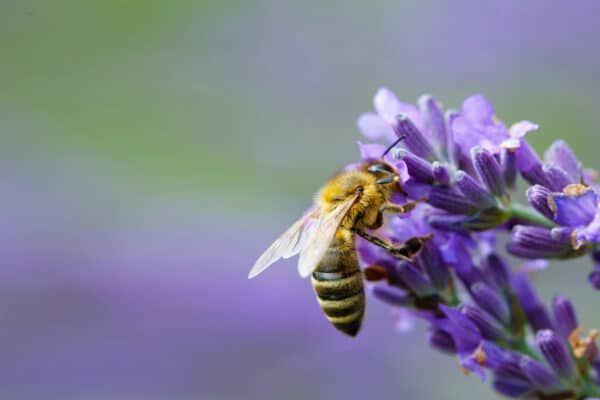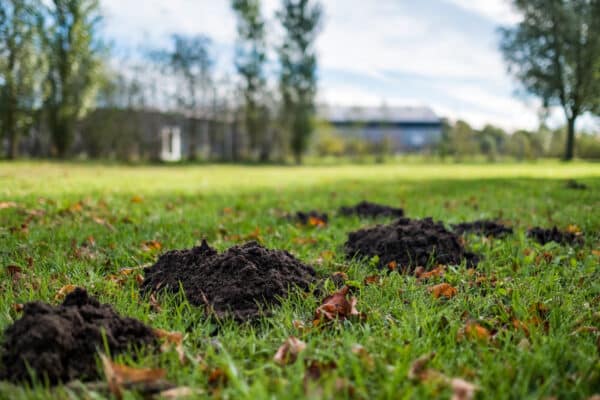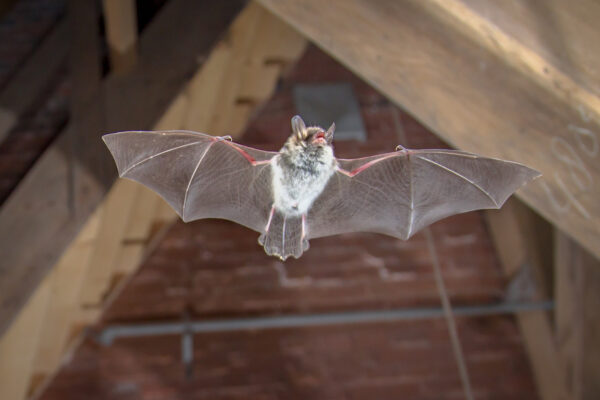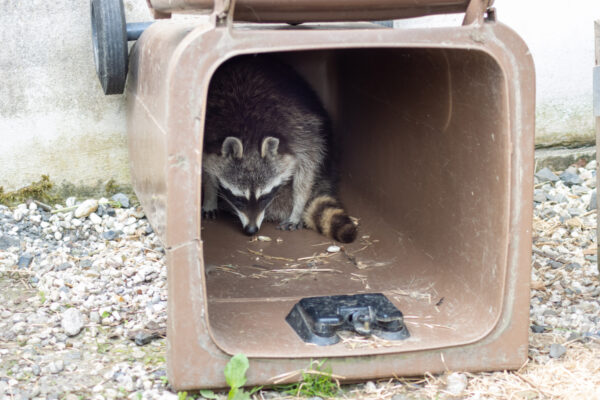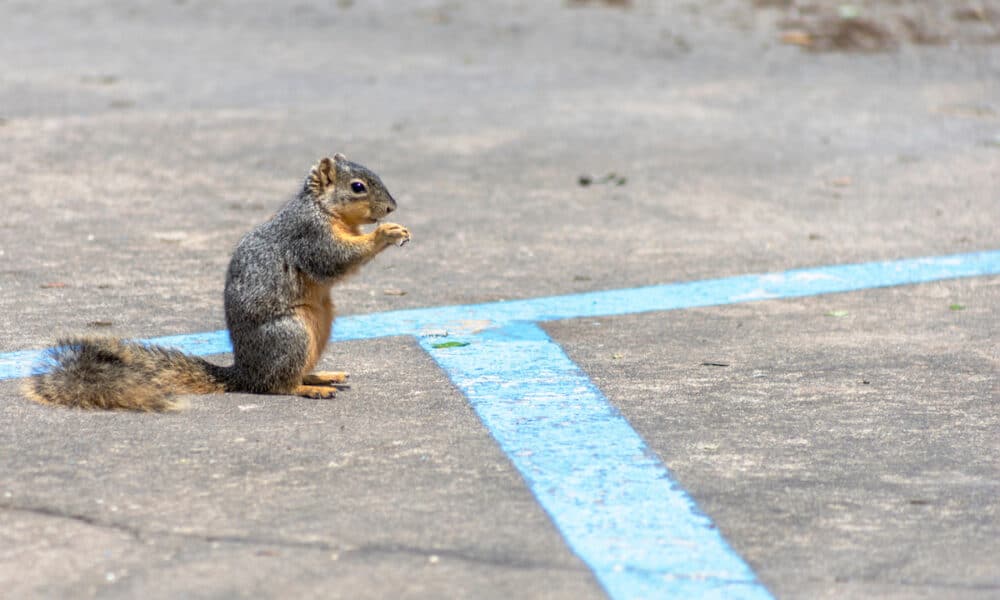
In the bustling world of commercial real estate, maintaining a clean and safe environment is crucial for business operations and the well-being of employees and customers. One potential challenge that business owners may face is the presence of wildlife infestations. These unwelcome guests can not only disrupt daily operations but also pose health and safety risks. In this comprehensive guide, we’ll explore effective strategies and tips for preventing wildlife infestations in commercial properties, helping business owners safeguard their investments and reputation.
Understanding the Impact of Wildlife Infestations
Understanding the impact of wildlife infestations on commercial properties is crucial for business owners. These infestations can lead to a wide range of problems that affect the structural integrity, safety, and reputation of the property. Let’s delve deeper into the various impacts of wildlife infestations:
1. Structural Damage
Wildlife, such as rodents, squirrels, raccoons, and birds, can cause significant structural damage to commercial properties:
- Chewing and Gnawing: Rodents have a propensity to chew on wiring, insulation, and building materials. This behavior can lead to electrical problems, fire hazards, and compromised building integrity.
- Nesting: Some wildlife species, like birds and squirrels, seek shelter within the structural components of buildings. Nesting materials and debris can clog ventilation systems, reducing efficiency and potentially causing HVAC malfunctions.
- Roof and Siding Damage: Raccoons and squirrels can cause damage to roofing materials, siding, and fascia boards by gnawing and clawing their way through. This not only compromises the building’s aesthetics but also opens up entry points for water infiltration.
2. Health and Safety Risks
Wildlife infestations pose significant health and safety risks to the occupants of commercial properties:
- Disease Transmission: Many wildlife species carry diseases that can be transmitted to humans and pets. For example, rodents can spread diseases like hantavirus, leptospirosis, and salmonella through contact with their droppings, urine, or saliva.
- Allergens: The presence of wildlife can introduce allergens into the environment. Allergic reactions to allergens found in wildlife droppings or fur can be a concern for employees and customers.
- Bites and Scratches: Agitated or cornered wildlife may bite or scratch when they feel threatened. These injuries can lead to infections and may require medical attention.
3. Loss of Inventory and Productivity
For businesses that store inventory or operate in commercial spaces like warehouses, wildlife infestations can result in financial losses and reduced productivity:
- Inventory Damage: Rodents and insects can damage or contaminate stored goods, leading to financial losses. This is particularly significant for businesses with perishable products.
- Employee Productivity: The presence of wildlife can be distracting and unsettling for employees, leading to reduced productivity and work efficiency.
4. Reputation Damage
A wildlife infestation, if publicly known, can tarnish a business’s reputation:
- Customer Deterrence: News of a wildlife infestation can deter potential customers and clients. Negative reviews or social media posts about wildlife issues can have a lasting impact.
- Media Attention: In some cases, local media may cover stories of wildlife infestations in commercial properties. This negative publicity can be challenging to overcome.
5. Legal and Compliance Issues
Wildlife infestations may also lead to legal and compliance issues:
- Health Code Violations: Depending on the severity of the infestation and local health codes, a business may face violations and fines for failing to address wildlife-related health hazards.
- Regulatory Consequences: Some industries are subject to specific wildlife control and prevention regulations. Failure to comply with these regulations can result in legal consequences.
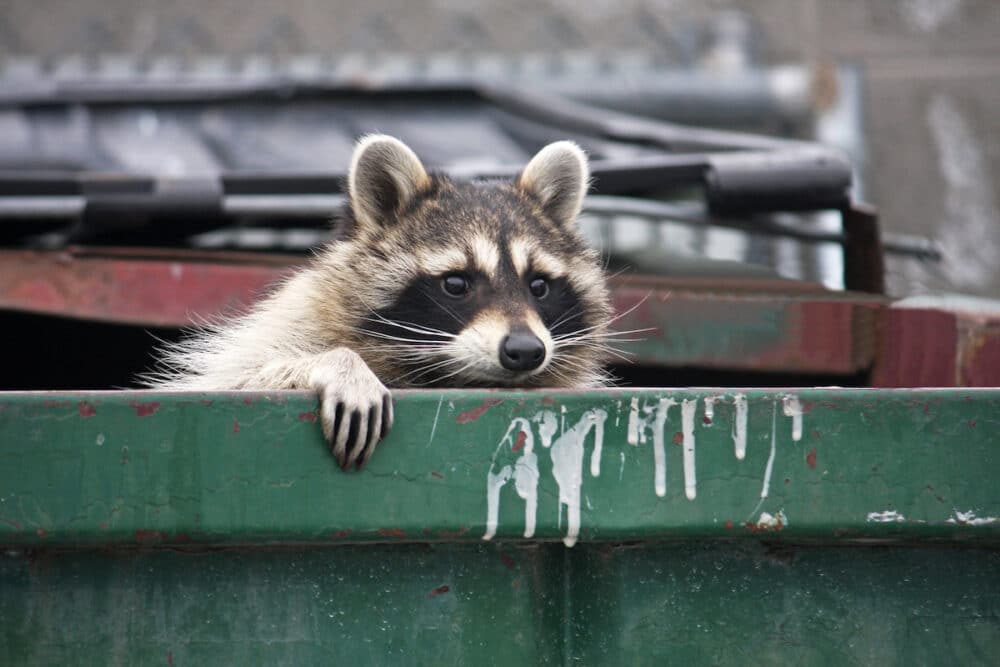
Proactive Wildlife Prevention Strategies for Commercial Properties
- Regular Property Inspections:
- Conduct routine inspections of your commercial property, both indoors and outdoors, to identify potential entry points, nesting sites, or signs of wildlife activity. Address issues promptly.
- Seal Entry Points:
- Seal any openings, cracks, or gaps in the building’s structure, including walls, roofs, and foundations. Use materials like steel mesh, caulk, and weather stripping to prevent wildlife from gaining access.
- Install Proper Vent Covers:
- Install durable vent covers on all vents, chimneys, and exhaust systems to prevent wildlife from entering. Regularly check and maintain these covers to ensure they remain effective.
- Keep the Landscape Tidy:
- Maintain the landscaping around your property by trimming trees and shrubs away from the building. Overhanging branches can provide easy access for wildlife.
- Secure Trash Bins:
- Use wildlife-resistant trash bins with locking lids to prevent scavengers like raccoons and opossums from rummaging through garbage. Encourage employees to properly dispose of food waste.
- Food Storage and Handling:
- If your business involves food service or storage, follow strict hygiene practices. Store food items in sealed containers and clean food preparation areas thoroughly to avoid attracting wildlife.
- Educate Employees:
- Train employees to recognize the signs of wildlife infestations and report any sightings promptly. Encourage them to keep doors and windows closed when not in use.
- Professional Wildlife Control Services:
- Establish a relationship with a reputable commercial wildlife control company. Regular wildlife inspections and preventive treatments can go a long way in keeping wildlife at bay.
- Humane Wildlife Removal:
- If wildlife does gain access to your property, opt for humane and ethical wildlife removal methods. Trapping and relocating animals, when necessary, should be done by professionals trained in wildlife management.
- Landscaping Choices:
- Choose landscaping plants that are less likely to attract wildlife, such as deer-resistant species. Consult with a landscaper who understands local wildlife behaviors.
Common Wildlife Invaders and How to Deter Them
Understanding the typical culprits behind commercial wildlife infestations and how to deter them is crucial:
- Rodents (Mice and Rats):
- Rodents are attracted to food sources. Keep food storage areas clean, seal entry points, and set up traps and bait stations if necessary.
- Birds:
- Prevent birds from roosting on your property by installing bird spikes, netting, or repellent gels on ledges, roofs, and other perching spots.
- Squirrels:
- Trim overhanging tree branches and seal access points to prevent squirrels from entering the building. Consider tree guards to protect young trees.
- Raccoons and Opossums:
- Secure trash bins and compost piles. Use wildlife-resistant garbage cans, and avoid leaving pet food outside overnight.
- Bats:
- If bats are an issue, consult with wildlife experts to safely exclude them from your property. Ensure that all entry points are sealed once the bats have left.
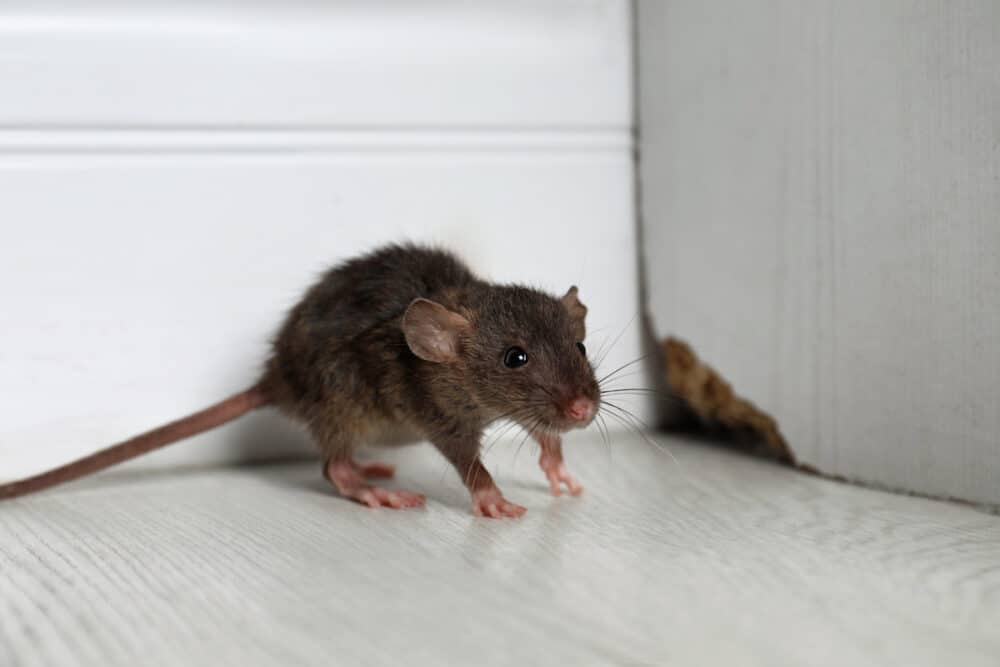
Maintaining a Wildlife Prevention Plan
Preventing wildlife infestations in commercial properties is an ongoing commitment that requires a well-structured and adaptable plan. Here, we’ll delve deeper into the components of a comprehensive wildlife prevention plan and how to maintain it effectively:
Regular Inspections
- Frequency: Schedule regular inspections of your commercial property, ideally on a quarterly basis. However, the frequency may vary based on your location, type of business, and previous wildlife issues.
- Thoroughness: Inspections should cover both interior and exterior areas. Pay close attention to potential entry points, signs of nesting or droppings, and any damage to the property.
- Documentation: Maintain detailed records of inspections, including dates, findings, and actions taken. This documentation can help identify patterns or recurring issues.
Employee Training and Awareness
- Training Programs: Implement training programs for employees to educate them about wildlife prevention and the specific measures in place at your commercial property.
- Reporting Procedures: Establish clear reporting procedures for employees to notify management of any wildlife sightings or potential entry points. Encourage open communication regarding wildlife-related concerns.
Partnership with Wildlife Control Experts
- Professional Services: Collaborate with a reputable commercial wildlife control company that specializes in wildlife management. Regularly scheduled wildlife inspections and preventive treatments can be invaluable in preventing infestations.
- Emergency Response: Ensure that you have a wildlife control partner who can respond promptly to emergency situations, such as sudden infestations or the discovery of a wildlife nest.
Continual Assessment and Adaptation
- Stay Informed: Keep abreast of local wildlife behavior patterns, as these can change due to environmental factors, seasonal variations, or shifts in animal populations.
- Review and Adjust: Periodically review the effectiveness of your wildlife prevention plan. Assess whether any modifications or updates are needed based on inspection findings and wildlife control reports.
- Feedback Loop: Encourage feedback from employees and wildlife control experts regarding the plan’s effectiveness and any emerging issues that need attention.
Emergency Response Protocol
- Develop a Protocol: Have a well-defined emergency response protocol in place in case of a sudden wildlife infestation or an urgent situation. This protocol should include steps for notifying wildlife control experts and ensuring the safety of employees and customers.
- Communication: Establish clear lines of communication during emergencies, including who to contact within the organization and how to inform employees and customers of any necessary safety precautions.
Budget Allocation
- Allocate Resources: Allocate a portion of your budget for wildlife prevention and maintenance. This includes funds for regular inspections, wildlife control services, and any necessary repairs or modifications to the property.
- Flexibility: Be prepared to adjust your budget as needed based on the recommendations of wildlife control experts and changes in wildlife activity.
By maintaining a well-structured and adaptable wildlife prevention plan, commercial property owners can proactively address wildlife-related challenges. This approach not only protects the property and its occupants but also contributes to the overall safety, hygiene, and reputation of the business. Regularly reviewing and updating the plan ensures that it remains effective in the face of changing circumstances and emerging wildlife threats.
Protecting Your Commercial Property from Wildlife Infestations with Covenant Wildlife
Preventing wildlife infestations in commercial properties is an essential aspect of property management and business operations. By implementing proactive measures and maintaining a vigilant approach to wildlife prevention, business owners can protect their investments, maintain a safe and healthy environment for employees and customers, and safeguard their reputation in the community.
Remember that professional wildlife management services can be valuable allies in your efforts to keep unwanted guests at bay. So if you’re searching for a wildlife removal company to prevent wildlife infestations in your commercial property, reach out to our team at Covenant Wildlife Removal.
